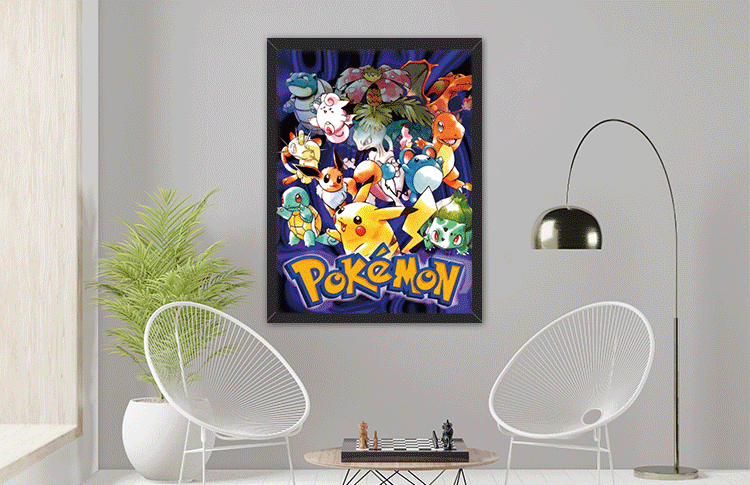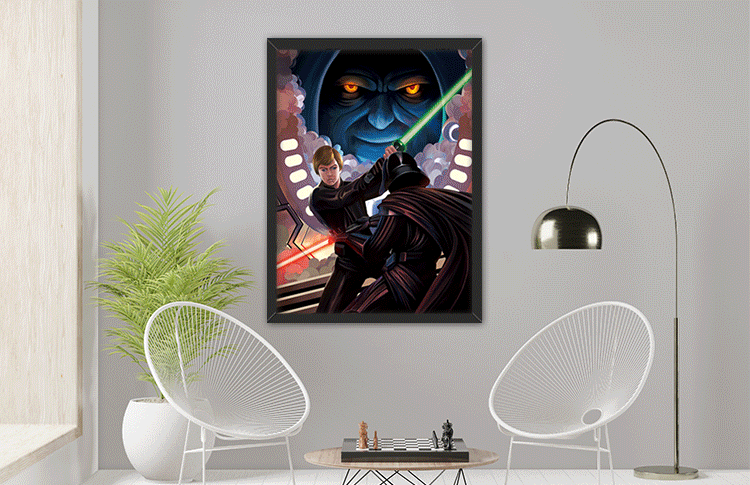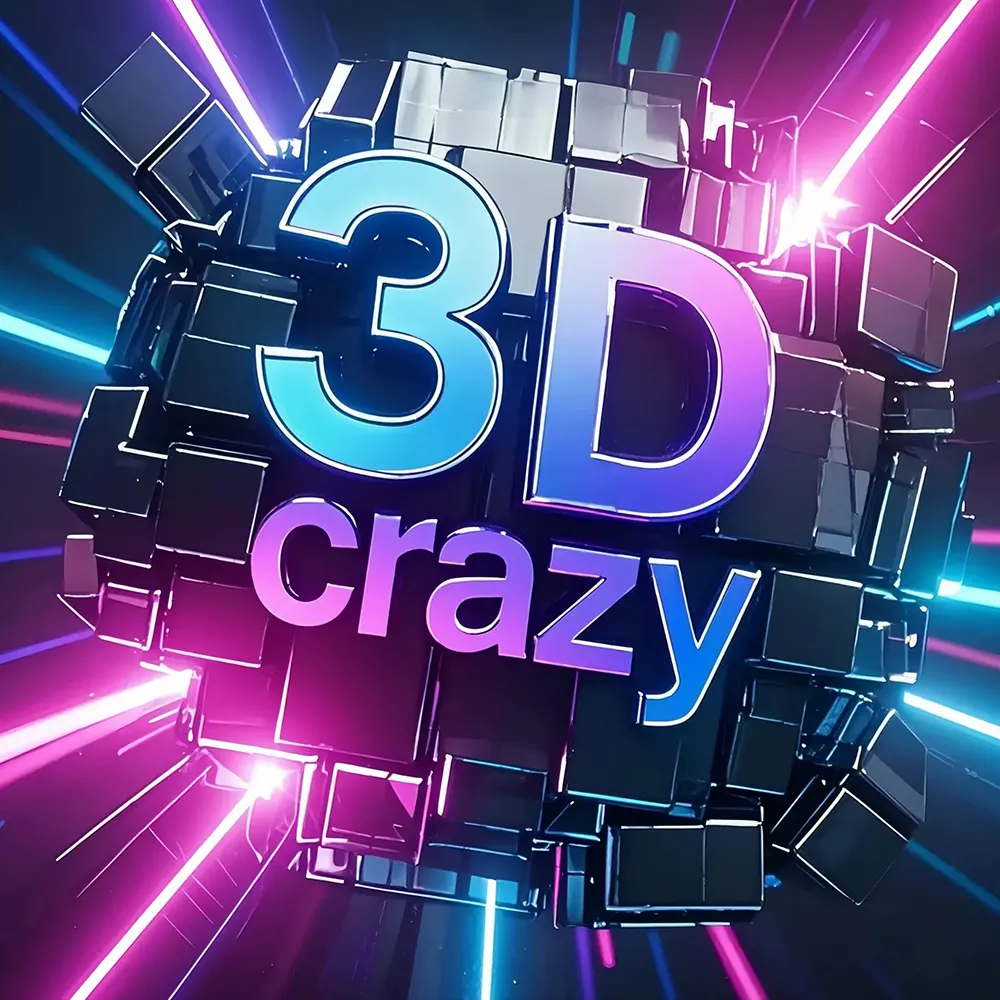How to Make a Lenticular Picture: Advanced Techniques for Multi-Scene 3D & Motion Mastery
1. The Science of Lenticular Optics
Lenticular pictures rely on PET lens sheets (15–100 LPI) to refract light through interlaced image layers. Key principles include:
-
Parallax barrier effect: Lenses split light to display different images at varying angles (Wikipedia: Lenticular printing).
-
Lens pitch: Lower LPI (e.g., 30) for bold 3D depth; higher LPI (e.g., 75) for smooth animations.
-
Material specs: Shatterproof 0.65mm PET with UV-resistant coatings (99% color retention for 10+ years).

[Expert Insight]
Dr. Elena Rodriguez, optical engineer at MIT:
*“Precision lens alignment (±0.05mm) is critical. Even minor errors cause ghosting, ruining the 3D effect. Industrial CNC molds and AI interlacing are non-negotiable for commercial-grade results.”*
2. Step-by-Step Production Workflow
A. Multi-Scene Photography
-
Robotic rigs: Capture 15–30 angles per scene (e.g., rotating product views) with <0.1° angular accuracy.
-
Depth mapping: Use LiDAR or photogrammetry (e.g., Agisoft Metashape) to simulate 3D parallax.
B. AI-Powered Interlacing
-
Layer separation: Isolate foreground/background elements in Photoshop or GIMP.
-
Strip splicing: AI algorithms (e.g., Python OpenCV) slice images into 1–3px strips and align them to lens curvature.
-
Ghosting mitigation: Neural networks predict and correct misalignments in real time.
C. Lenticular Printing & Finishing
-
CNC mold engineering: Steel rollers etched with radial grooves (2–5 scenes) via 5-axis machining.
-
PET extrusion: Molten plastic pressed at 150–200°C, cooled via triple-roller system (Δ20–30°C per roller).
-
UV lithography: CMYK + white ink printed at 1440 DPI for opacity and vibrancy.
3. Case Study: Medical Training Revolution
Client: Johns Hopkins Medical School
Challenge: Improve anatomy retention among surgical trainees.
Solution:
-
Design: 3D lenticular posters of human musculature with flip-effect layer transitions.
-
Production:
-
60 LPI PET lenses for depth clarity.
-
AI interlacing of 25 MRI scan angles.
-
-
Result:
-
45% improvement in procedural accuracy.
-
30% faster learning curve vs. 2D charts.
-
ROI: $8/unit cost → Institutional adoption across 12 hospitals.
-
4. Bulk Production Strategies for Scalability
| Parameter | Ready Stock Orders | Personalized Orders |
|---|---|---|
| Min Order | 100pcs (mix styles) | 100pcs per design |
| Lead Time | 2-5 days | 8–15days |
| Unit Cost | 2.8 | 4.25 |
Cost-Saving Tactics:
-
Hybrid orders: Blend stock Star Wars 3d posters 5/unit).
-
Sea freight: Reduce shipping costs by 50% (30-day delivery).

5. Industry Showcase & ROI
A. Retail & E-Commerce
-
Product packaging: LEGO sets with 3D holograms drove 55% sales lift.
-
Store displays: Animated posters increased foot traffic by 70% (Nielsen).
B. Education & Healthcare
-
Surgical guides: 3D lenticular anatomy charts reduced procedural errors by 40%.
C. Event Marketing
-
VIP tickets: Coachella’s flip-effect passes with UV encryption cut counterfeiting by 90%.
6. FAQ Section
Q: Can I use smartphone photos for lenticular effects?
A: No—multi-angle robotics or AI depth simulation are required for professional results.
Q: What’s the minimum order for custom designs?
A: 100pcs per design (mix scenes/styles allowed).
Q: Are lenticular pictures recyclable?
A: Yes—PET/PP sheets align with EU/US sustainability standards.
Q: How long does production take?
A: Stock orders ship in 3 days; custom designs take 6–12 working days.
If you want to understand the lenticular technology, buying tips, and creative uses for 3D displays,or compare lenticular print quality, materials, customization, certifications & service, please click the following hyper link:
Lenticular Posters: The Complete Guide
External Authority Link: Lenticular Lens Technology (Wikipedia)
CTA: Own the Lenticular Game in 2024!
💬 Message +8613712503637: Grab the Must-See Top 100 Now!
Bring 3 Partners → Enjoy Perpetual 10% Savings!
Jumpstart Orders: 100+ Pokect Monster/Marvel/Anime/Superstar Panels (Ships in 4-8 Days).
Profit Potential:
✈️ Air Delivery (6-10 Days): Cost $2.80 → Retail $15-$25 = $1,220-$2,220 Take Per 100!
🚢 Ocean Route (30 Days): Cost $1.50 → Retail $15-$25 = $13,500-$23,500 Take Per 1K!








